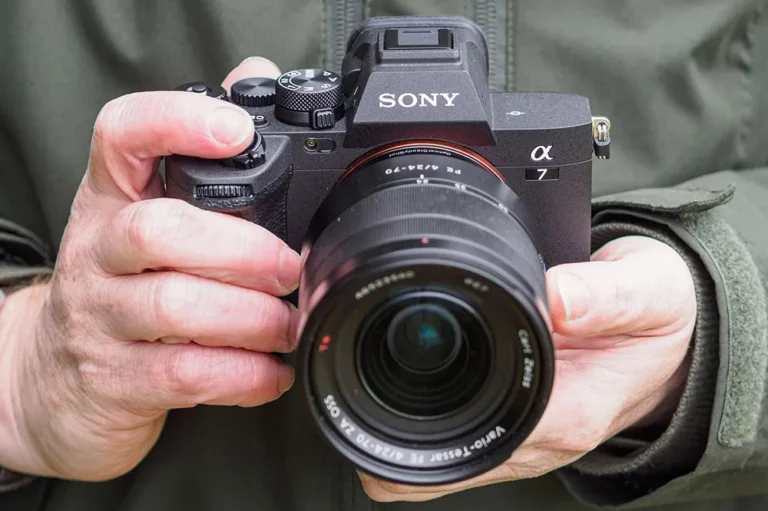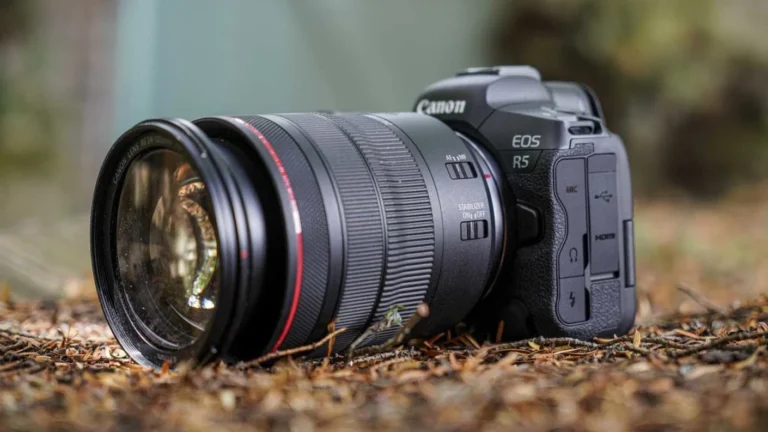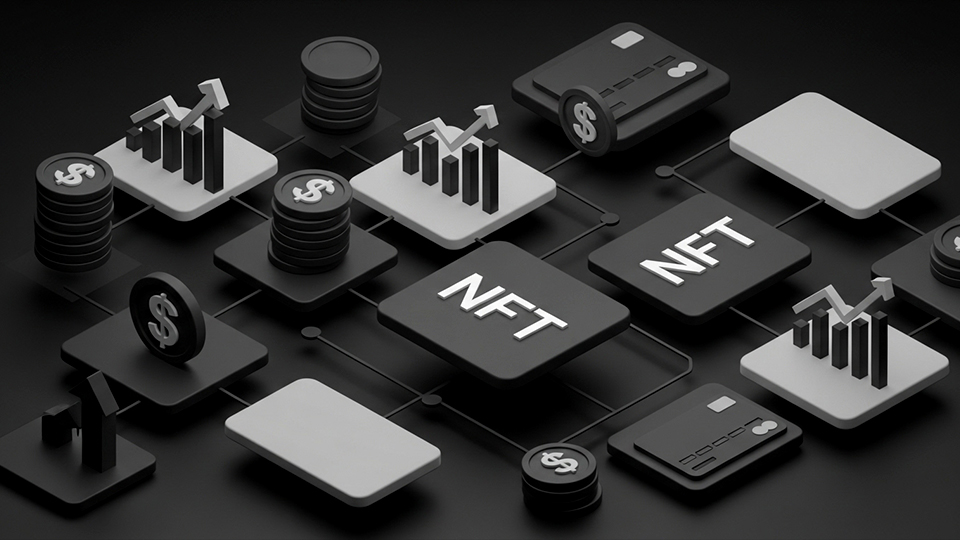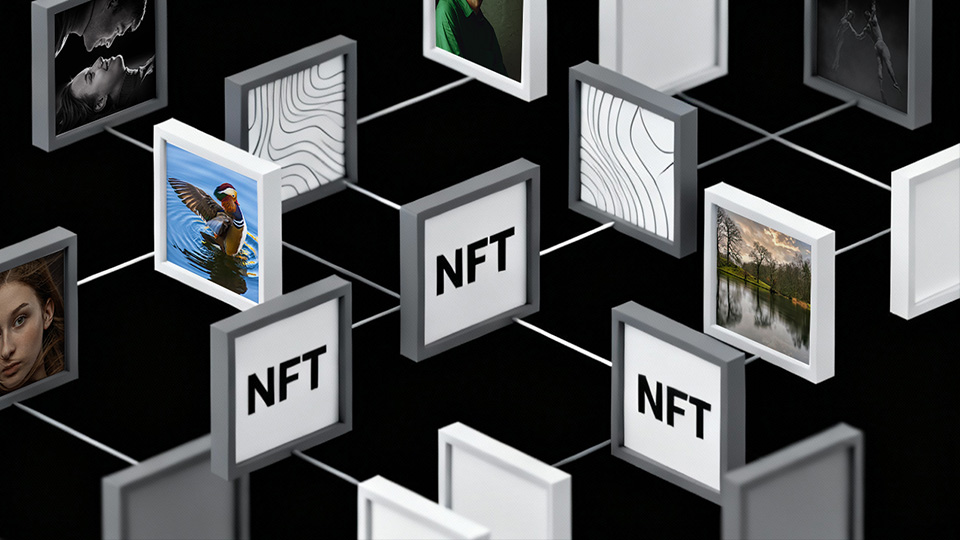The photography industry has seen its fair share of ups and downs over the past few years. From the thriving pre-pandemic era to the devastating impacts of COVID-19, and the gradual recovery post-pandemic, the journey has been anything but smooth. In this blog, we’ll take a closer look at the statistics that paint a vivid picture of the industry’s challenges and recovery.
Pre-Pandemic Boom (2019)
Let’s rewind to 2019, a year when the photography industry was booming with a global valuation of around $10.79 billion. This included professional photography services, camera sales, and related equipment. Here’s a breakdown of the numbers:
Camera Manufacturers’ Revenue (2019):
Canon: $13.07 billion
Nikon: $5.6 billion
Sony: $8.4 billion
Fujifilm: $2.3 billion
Global Photography Services Market (2019):
Estimated at $36.42 billion
Photographers’ Average Annual Revenue (2019):
Professional photographers in the U.S. earned an average of $42,770 per year.
The Pandemic Plunge (2020)
Then came 2020, and with it, the COVID-19 pandemic, which brought the industry to a near standstill. Lockdowns, social distancing, and event cancellations meant photographers saw a significant drop in income, and camera sales plummeted.
Industry Value Decline (2020):
The global photography industry value dropped to approximately $7.65 billion, a 29% decrease from 2019.
Camera Manufacturers’ Revenue (2020):
Canon: $11.43 billion (12.5% decrease)
Nikon: $4.36 billion (22.1% decrease)
Sony: $7.1 billion (15.5% decrease)
Fujifilm: $1.9 billion (17.4% decrease)
Global Photography Services Market (2020):
Fell to $27.3 billion, a 25% decline from the previous year.
Photographers’ Average Annual Revenue (2020):
Dropped to $34,000 per year in the U.S., a 20.5% decrease.

The Road to Recovery (2021-2023)
As the world adapted to new norms, the photography industry began its slow recovery.
However, by 2023, it still hadn’t quite reached the heights of 2019.
Industry Value (2021-2023):
2021: $8.2 billion
2022: $9.05 billion
2023: $9.6 billion (still 11% below 2019 levels)
Camera Manufacturers’ Revenue (2021-2023):
2021: $12.1 billion
2022: $12.6 billion
2023: $13.0 billion
2021: $4.8 billion
2022: $5.0 billion
2023: $5.2 billion
2021: $7.5 billion
2022: $8.0 billion
2023: $8.3 billion
2021: $2.0 billion
2022: $2.1 billion
2023: $2.2 billion
Global Photography Services Market (2021-2023):
2021: $29.5 billion
2022: $32.0 billion
2023: $34.2 billion
Photographers’ Average Annual Revenue (2021-2023):
2021: $36,500
2022: $38,750
2023: $40,500
The Smartphone Challenge
While there have been significant technological advancements in the photography industry, they’ve also brought new challenges. The rise of smartphone cameras, which now capture approximately 85% of all photos taken globally, has heavily impacted traditional camera sales. Entry-level camera sales have plummeted by over 50% since 2019.
Financial Health: A Mixed Picture
The overall financial health of the photography industry is a mixed bag. While top-tier professional photographers and high-end camera manufacturers have managed to sustain themselves, the mid and lower tiers have faced significant challenges.
Top Professional Photographers:
Top 10% earners in the U.S. make over $70,000 annually, up from $65,000 in 2019.
Mid and Lower Tier Photographers:
Many have seen a reduction in income by 30-40% since 2019.

Final Thoughts
The photography industry has faced numerous challenges over the past few years, with the COVID-19 pandemic acting as a significant disruptor. While there are signs of recovery, the industry has not yet returned to its pre-pandemic glory. The rise of smartphone photography, coupled with economic uncertainties, continues to put pressure on traditional photography businesses and professionals. This comprehensive analysis highlights the need for strategic investments and innovations to revitalize the industry and ensure its sustainable growth in the coming years.
“While there have been significant technological advancements in the photography industry, these have also posed challenges. The rapid development of smartphone cameras has eaten into the market share of traditional camera manufacturers. The increasing affordability and quality of smartphone cameras have made it difficult for traditional manufacturers to maintain their revenue levels. ” – Alex Atashkar, Co-founder of SEED.Photo.
By understanding these statistics and trends, venture capital companies can make informed decisions about where to allocate resources and how to support the photography industry during these challenging times.
“Photography is the soul of visual storytelling, immortalizing moments that shape our collective memory. Yet, the industry frequently undervalues the artistry and dedication of photographers. At SEED.Photo, we are committed to elevating their craft, ensuring their creations are honored and their contributions recognized.” – Parsa Haghighi, Co-founder of SEED.Photo“.



